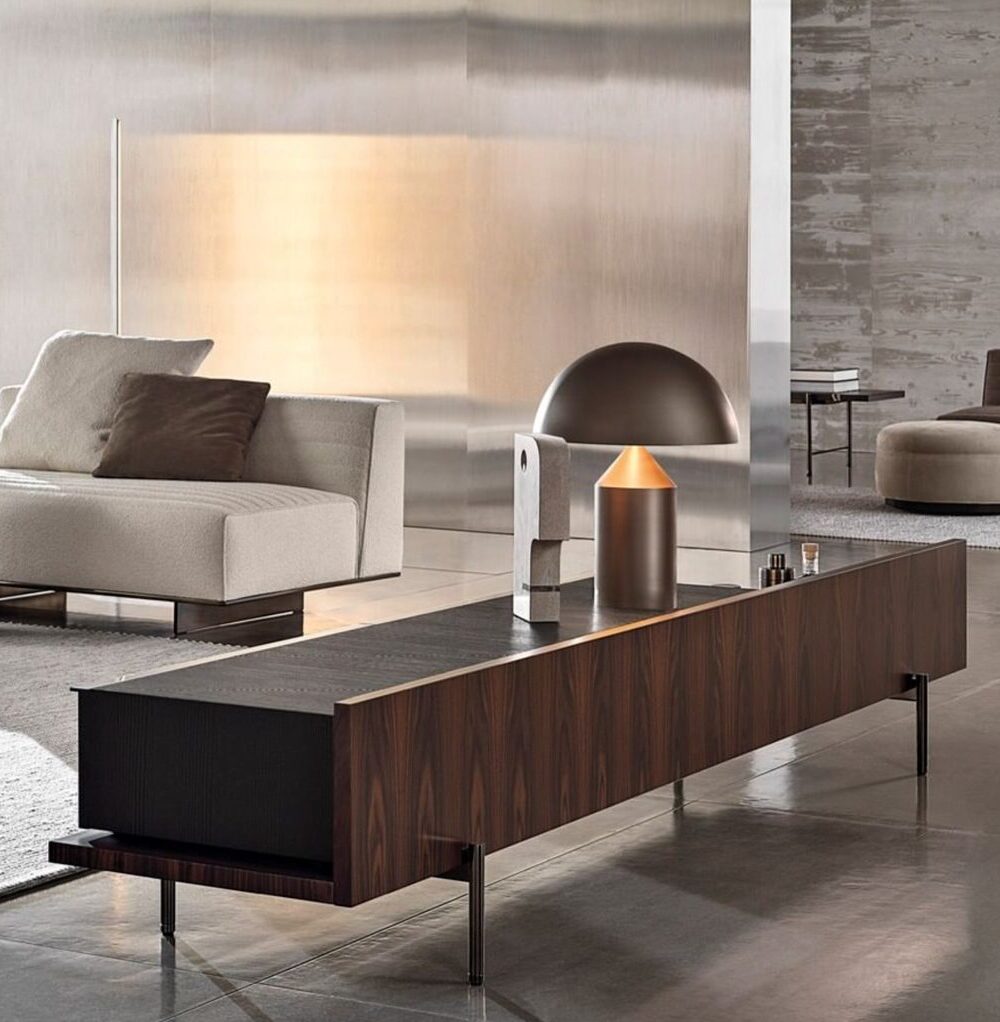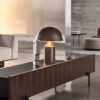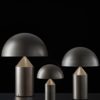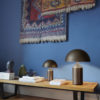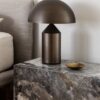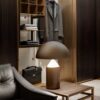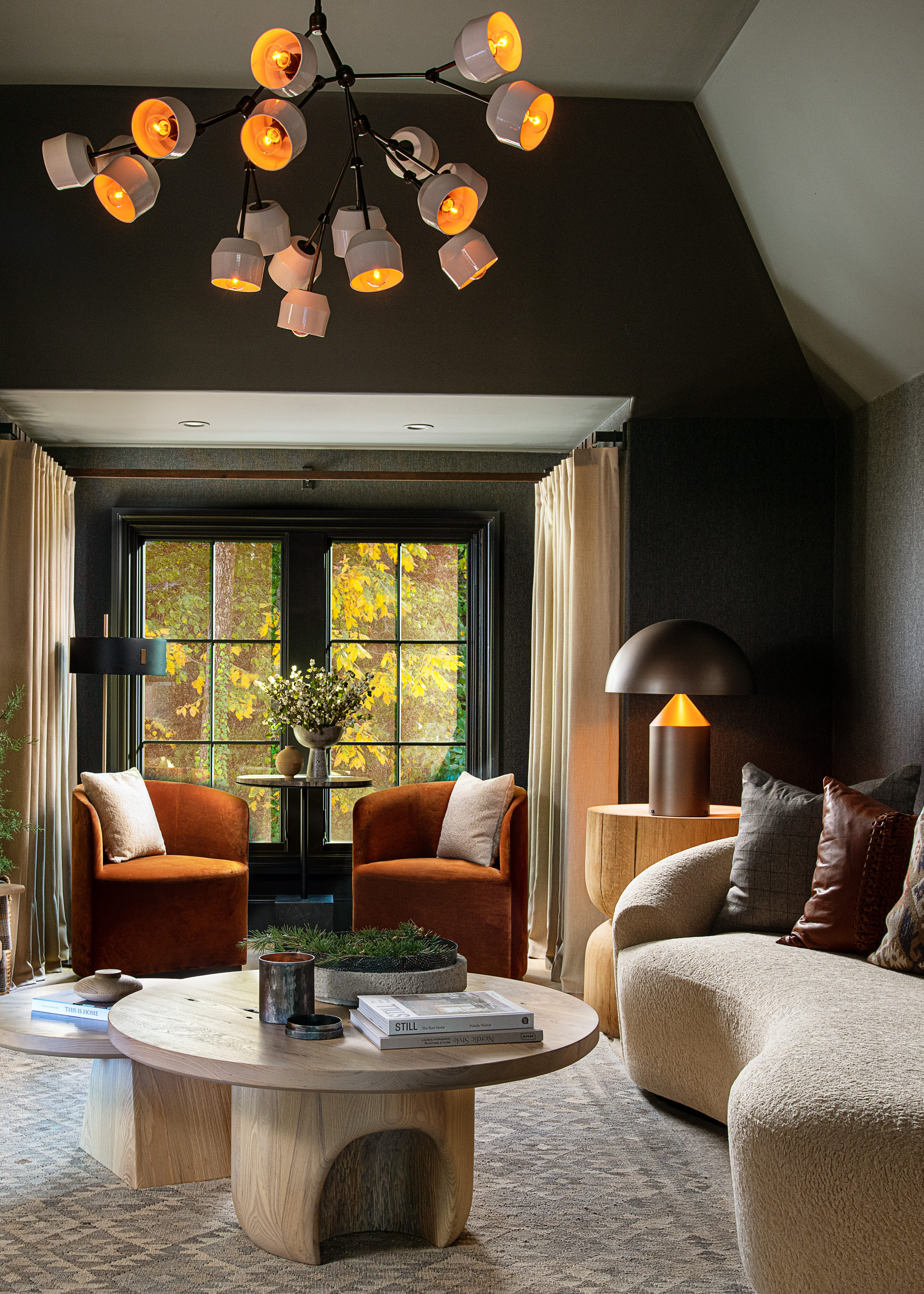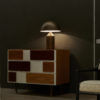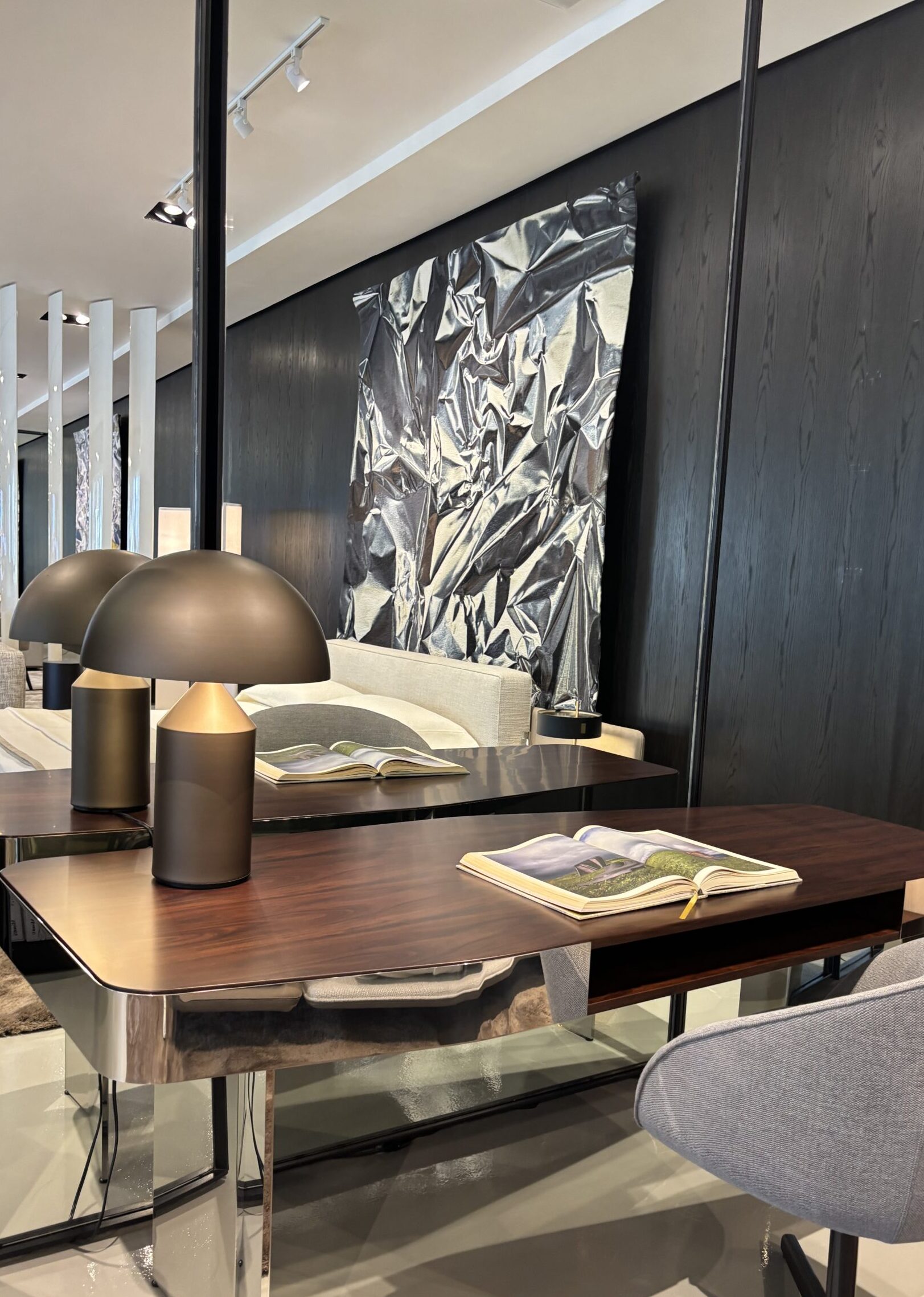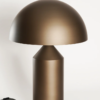Atollo Satin Bronze – Table Lamp
From: $1,605.00
Designed in 1977 by Vico Magistretti, over the years, Atollo has become the archetype of the table lamp, winning the Compasso d’Oro in 1979 and completely revolutionising the way we imagine the classic bedside lamp. The geometric shapes that compose it – cylinder, cone and hemisphere – have resulted in a product that is decorative and essential at the same time, disconnected from the historical period and the fashions of the moment, and one that has now fully become one of the icons of Italian design.
The medium and the large sizes are dimmable.
| Manufacturer: | Oluce |
| Material: | Metal |
| Finish: | Satin Bronze |
| Certifications: | UL rated |
| IP Rating: | - |
| Dimensions: | Small: 3.9" x 13.8" Medium: 5.9" x 19.7 Large: 7.8" x 27.6" |
| Cord Length: | - |
| Light Source: | Small: 2 x E12 Medium: 2 x LED E26 Large: 2 x LED E26 |
| Power: | Small: 2 x 40W Medium: 2 x 12W Large: 2 x 50W |
| Lumens/CRI: | - |
Designer
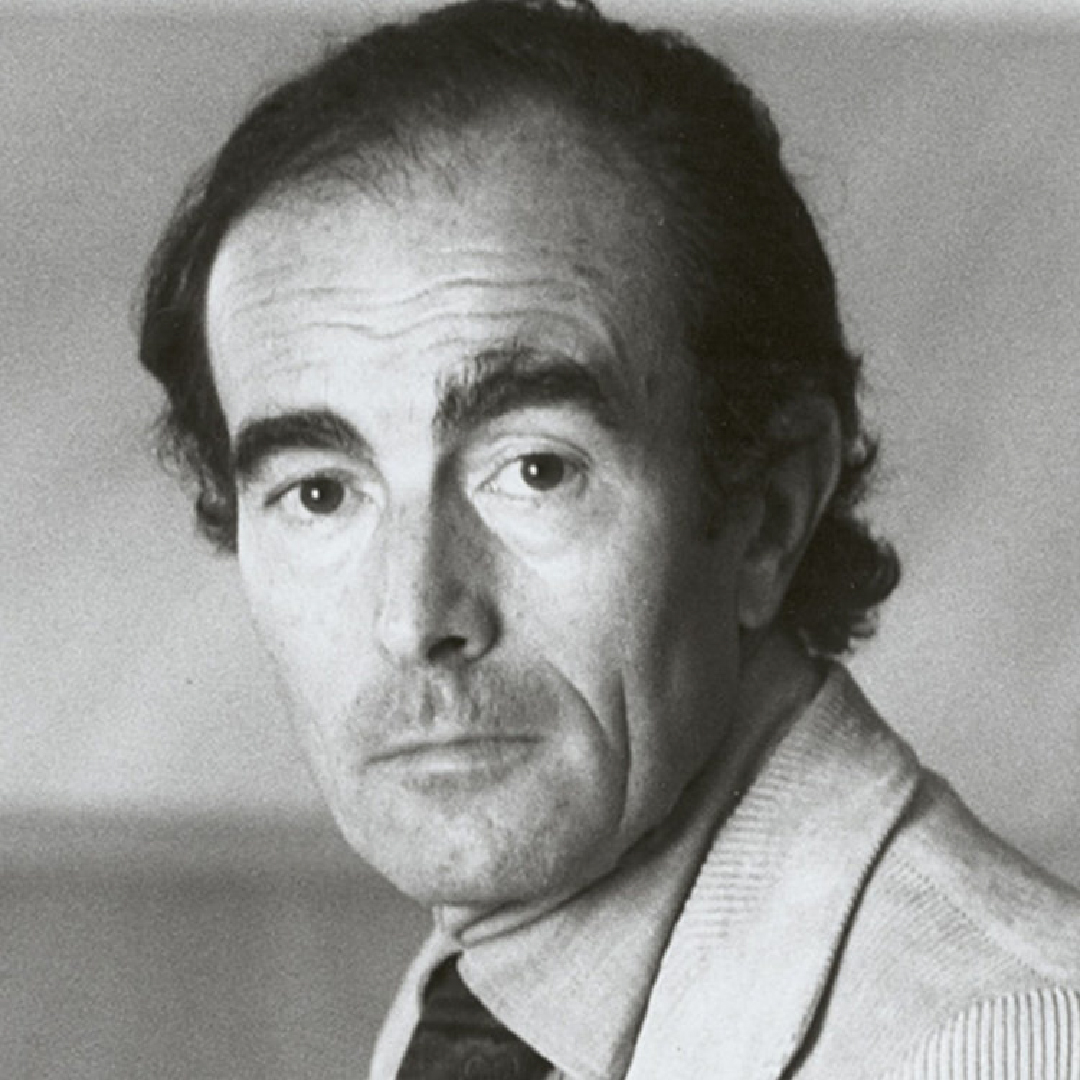
Vico Magistretti
In 1920 Magistretti was born in Milan, the city in which he graduated in architecture in 1945, and where his professional career has spun its story ever since, chiefly in the fields of architecture, town planning and industrial design. The first recognition of his work came in 1948, when he won the Gran Premio at the 8th Triennale. After that came almost forty years of activity with other prizes and awards in recognition of Magistretti’s work in various sectors in different countries.
Giving lessons and lectures in various faculties of architecture and schools of design in Italy and abroad, from Milan to New York, from Paris to London, a city to which he is particularly devoted, he has been an “Honorary Fellow” of the Royal College of Art since 1983.
Furniture, lamps and other objects that he designed may be found all over the world and the most important design museums have given exhibitions in his honour and kept examples of his work in their permanent collections.
Magistretti’s research has been continuous – into design, the culture of the project and innovative experimentation with materials and space solutions, not to mention shapes and functions far from the rigours of fashion that they have passed through during the years. He started designing for Cassina in 1960, and from that date on his signature is to be found on very many products. We recall in particular the Maralunga sofa of 1973 and the Nuvola Rossa (1977) bookcase, which are still indisputable international best-sellers and have provoked hordes of imitations which have not been able to echo even faintly the success of the originals.
